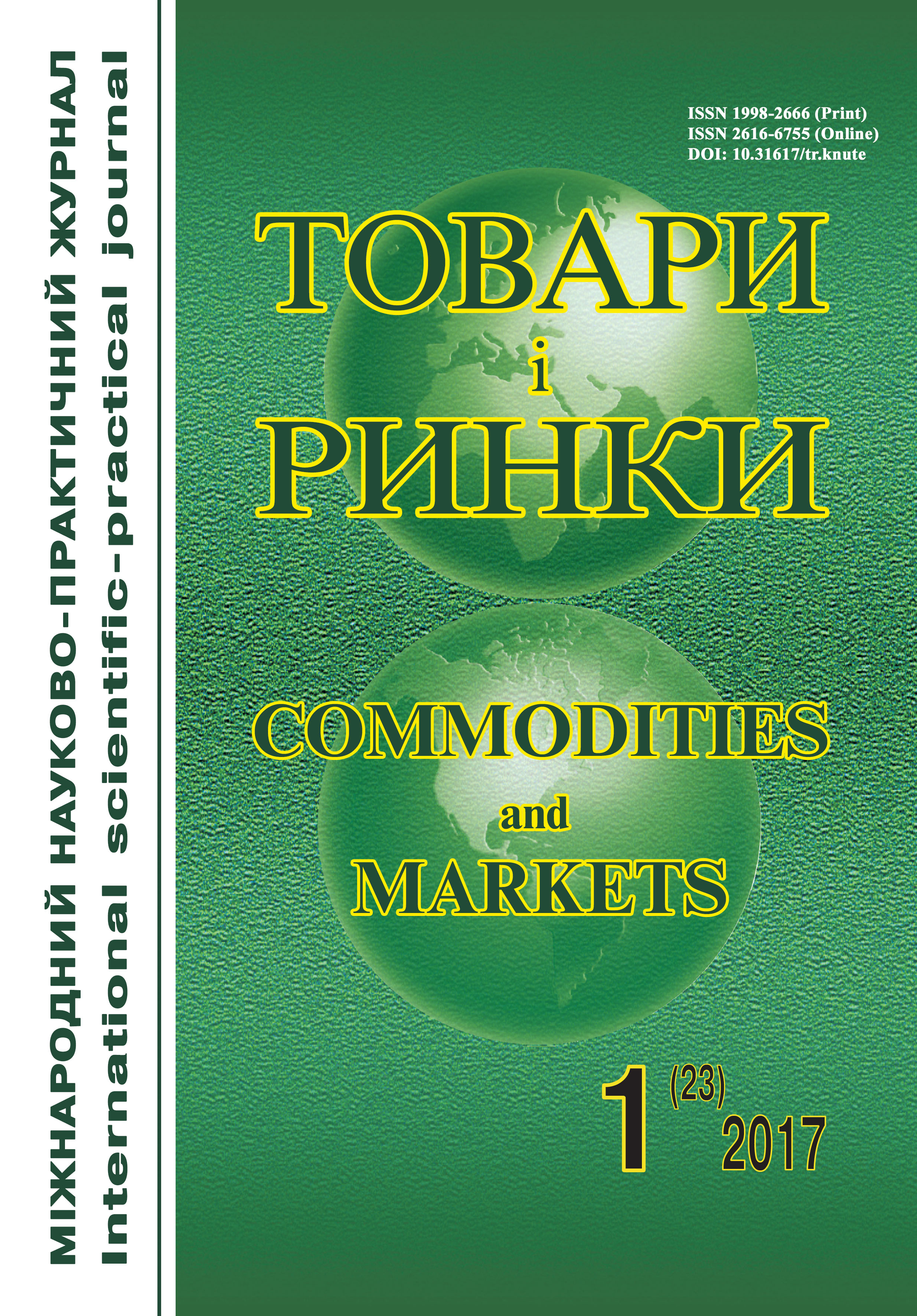Food safety management in retail
Keywords:
good hygienic practices in retail, food safety management control acts, prerequisite programmes, HACCPAbstract
Background. The export potential of Ukraine was changed dramatically. Now the main export groups are agricultural products and food. Realization of capability of national agricultural industry and food industry in foreign markets depends largely on the possibility to assure food safety. In turn it depends on implementation of national official food safety control system according to international practice. Basic concept of official food safety control system is risk-oriented approach. In Ukraine there is situation that retail is one of the promoters of food safety management in food industry. But retail did not hurry to introduce food safety management in own business.
The aim of the study is analyzing EU experience about normative regulation of food safety management and control in retail.
Discussion. From January 1 in 2017 in Ukraine it all hygienic rules, concerning food products safety as well, were changed. In Ukraine single hygienic rules for trading food products was SanPiN 5781–91 "Sanitary rules for food retail entrprises". Now there is single document for all food chain – Order of Ministry of Agrarian Policy and Food of Ukraine № 590 "About approval of demands for development, implementation and use of permanent procedures of food safety management system (HACCP)". In the EU countries the large amount of retail hygienic rules is specialized for high-risk food – aquatic organisms, meat product, egg and dairy. Contrary hygienic rules features are recommendations for risk analysis and recommended critical control points for dangerous factors of food products.
In Ukraine there is reductive approach to food safety management in retail.
It provides development of Good Hygienic Practices. Now there are no such practices.
More universal and unified with wide spread food safety system standards for certification FSSC 22000 is PAS 221–2013. In this document specifics of retail food safety management conditions are considered. For example, it describes order for food sale and management of "private label" food safety. This document could be basis for national Good Hygienic Practices.
Conclusion. Main advantages of this document are detailed demand for private label suppliers of food products. Commonality of PAS 221–2013 with documents of FSSC 22000 scheme and may be useful for vertical integrated corporation and holdings for integrated food safety system management development.
References
Pro zatverdzhennja Vymog shhodo rozrobky, vprovadzhennja ta zastosuvannja postijno dijuchyh procedur, zasnovanyh na pryncypah Systemy upravlinnja bezpechnistju harchovyh produktiv (NASSR) : Nakaz minagropolityky № 590 za stanom na 15 berez. 2017 r. / Oficijnyj visnyk Ukrai'ny, 02.11.2012. № 81. st. 3290. s. 129.
Guidance on Hygiene and Safety in the Food Retail Sector // Oficijnyj sajt Prodovol'choi' ta sil's'kogospodars'koi' organizacii' OON. Data onovlennja : 2014. URL : http://www.fao.org/3/a-i3986e.pdf.
State Retail and Food Service Codes and Regulations by State. Data onovlennja: 26.01.2017. URL : https://www.fda.gov/Food/GuidanceRegulation/ RetailFoodProtection/FoodCode/ucm122814.htm.
Register of national guides to good hygiene practice. Data onovlennja: 15.08.2016. URL : https://webgate.ec.europa.eu/dyna/hygienelegislation/index.cfm (data zvernennja : 15.03.2017).
PAS 221–2013. Prerequisites programmes for food safety in food retail – Specification. The British Standards Institution 2013. Published by BSI Standards Limited 2013. 24 p.



